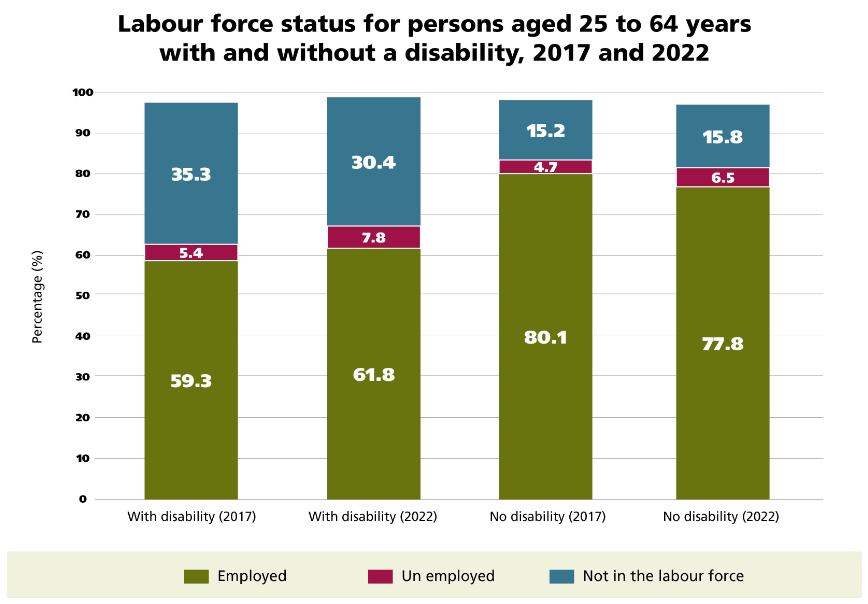
'We are creating inclusive and accessible workplaces and connecting persons with disabilities with important resources, such as skills training and mentorship'

The federal government has released its plan to close the employment gap between persons with disabilities and those without by 2040.
The Employment Strategy for Canadians with Disabilities identifies and addresses barriers that prevent persons with disabilities from finding and keeping good jobs, advancing in their careers, or becoming entrepreneurs.
"The Employment Strategy is about fairness. This is a plan with concrete actions aimed at strengthening our economy and communities so that all Canadians, regardless of their abilities, can succeed in the job market,” said Kamal Khera, minister of diversity and inclusion, and persons with disabilities.
Workers with disabilities are struggling to rise in Canadian organizations, according to a report from George Brown College.
The strategy has the following goals:
Ottawa has been making some progress in increasing the participation rate of workers with disabilities in the labour market.
According to the 2022 Canadian Survey on Disability, 27% of Canadians had a disability when the survey took place. That increased from 22% at the time of the 2017 Canadian Survey on Disability.
Meanwhile, the 2022 Canadian Survey on Disability found that the employment rate for persons with disabilities aged 25 to 64 was 62%, up from 59% recorded in the 2017 survey.
“While some progress has been made, persons with disabilities still have not fully benefited from Canada's economic growth. Statistics Canada estimates that, in 2022, over 1 million Canadians with disabilities aged 15 to 64 could work in an inclusive labor market but did not have a job,” the federal government said in the strategy.

Source: Employment Strategy for Canadians with Disabilities

Source: Employment Strategy for Canadians with Disabilities
Employment and Social Development Canada (ESDC) “will continue to listen to persons with disabilities and disability communities to ensure the Employment Strategy continues to meet their needs,” it said.
“We will work to make sure our programs and policies include persons with disabilities. We will work with other government departments, provinces and territories, businesses, and organizations to achieve the strategy's goals.
“When persons with disabilities have steady jobs, it leads to positive changes in all parts of life. However, offering help finding jobs or creating inclusive workplaces is not enough. A range of other supports are equally important. For example, financial aid can provide the stability an individual needs to go back to school, to upskill, or to look for a job.”
Through an advertising campaign announced earlier this year, the federal government is encouraging small- and medium-sized businesses to hire persons with disabilities.